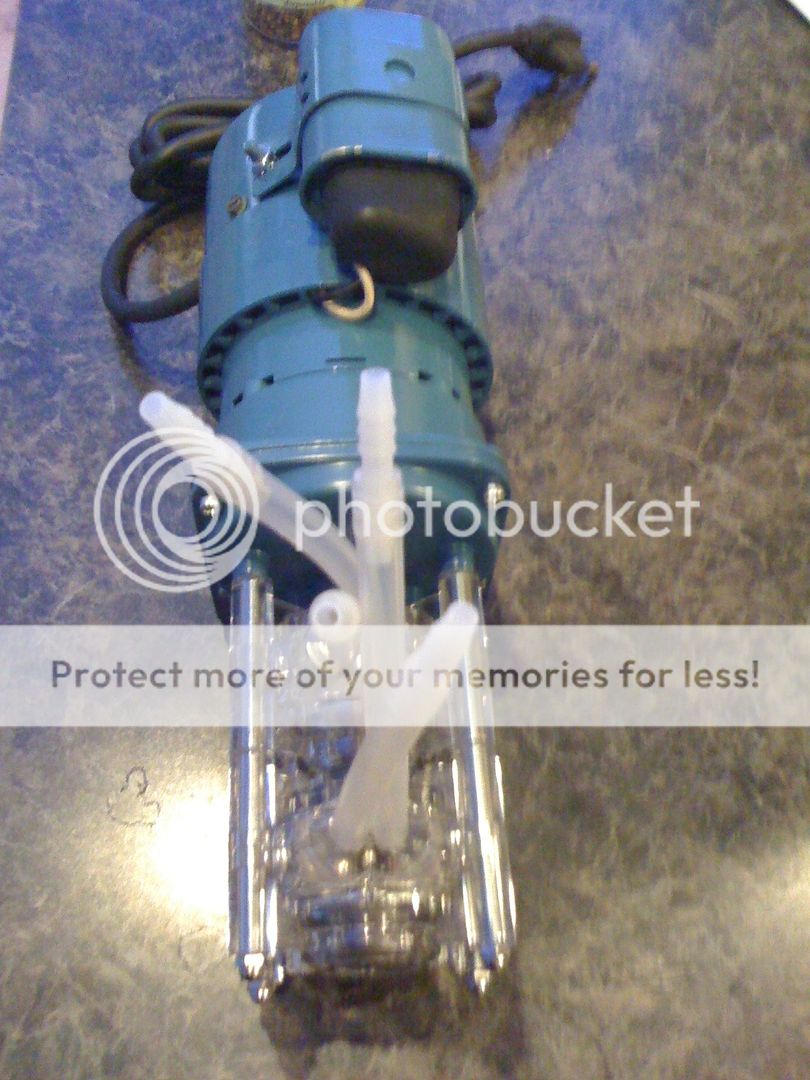My next question was how could I tell which head units are standard or the quick load. I was checking them out on ebay and it seems like there isnt a difference. I tried to look them up on cole palmer web site, and I could not tell which is which. I would like to try and automate water changes and I like the idea of having two heads on one pump, so I would need a standard and quick load head? Is there any physical differences between the two?
The Quick-Load pump heads do look very similar to the standard pump heads (most have clear white housings). In most pictures it might be hard to see, but the Quick-Load style has a metal clip around the outside - additionally, if you look at specifications, the Quick Load accepts L/S 13, 14, 16, 25, 17, and 18 tubing.
The standard pump heads take a bit longer to load (see the how to load video http://www.youtube.com/watch?v=zC1INbSnf8o ) Standard pump heads only accept one size of tubing. The trick is getting the right pump head and tubing size for your application/flow rate. If you plug the part number of the pump head into the search box on Cole-Parmer's web site, the description will tell you which size tubing it uses.
For what it's worth, the Quick-Load style is no longer manufactured. You may want to consider a standard pump head (replacement parts available) or the newer version "Easy-Load" pump head if you want the flexibility to use different tubing sizes.
Hope this helps....


